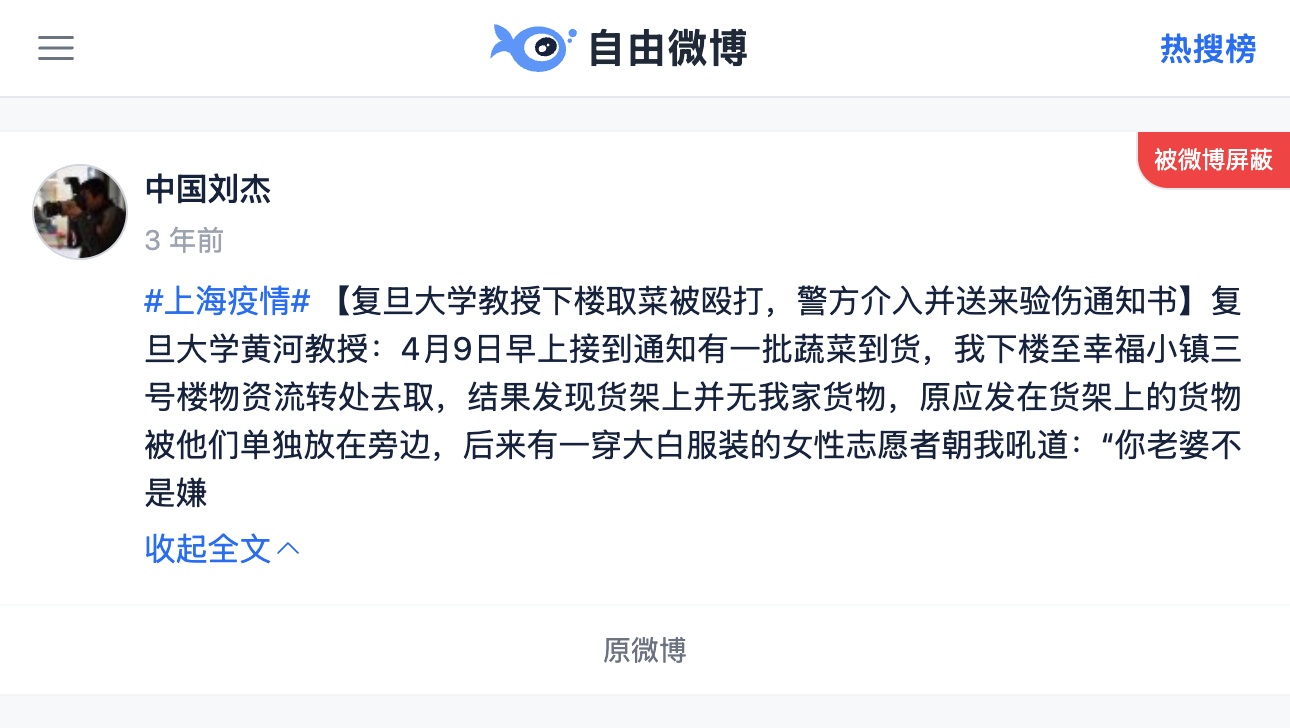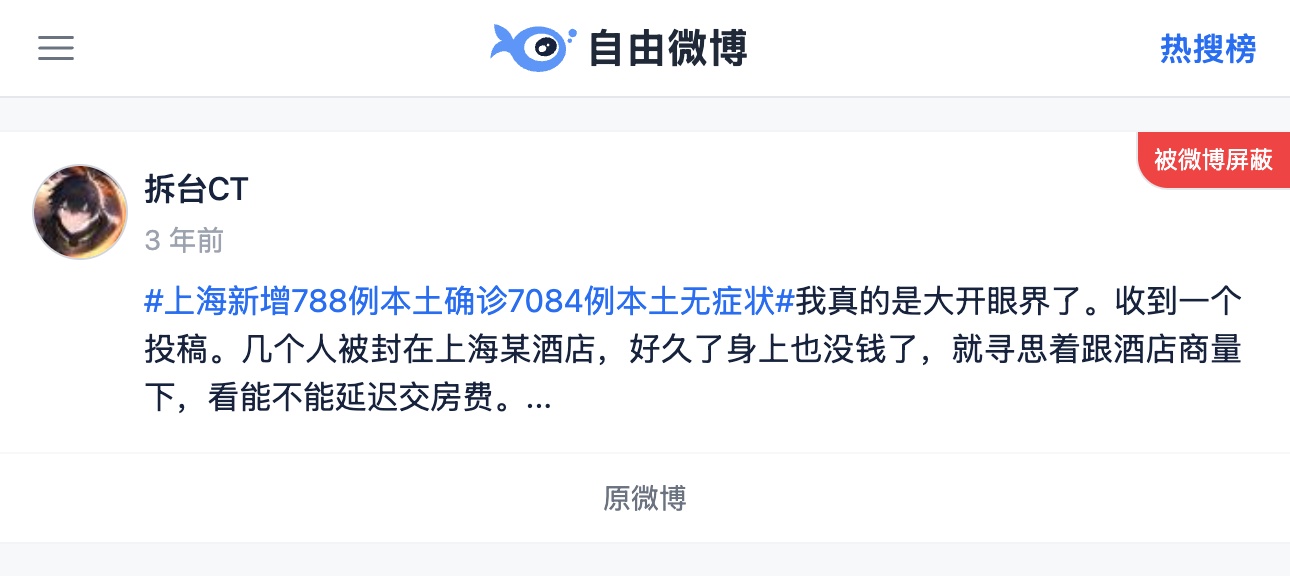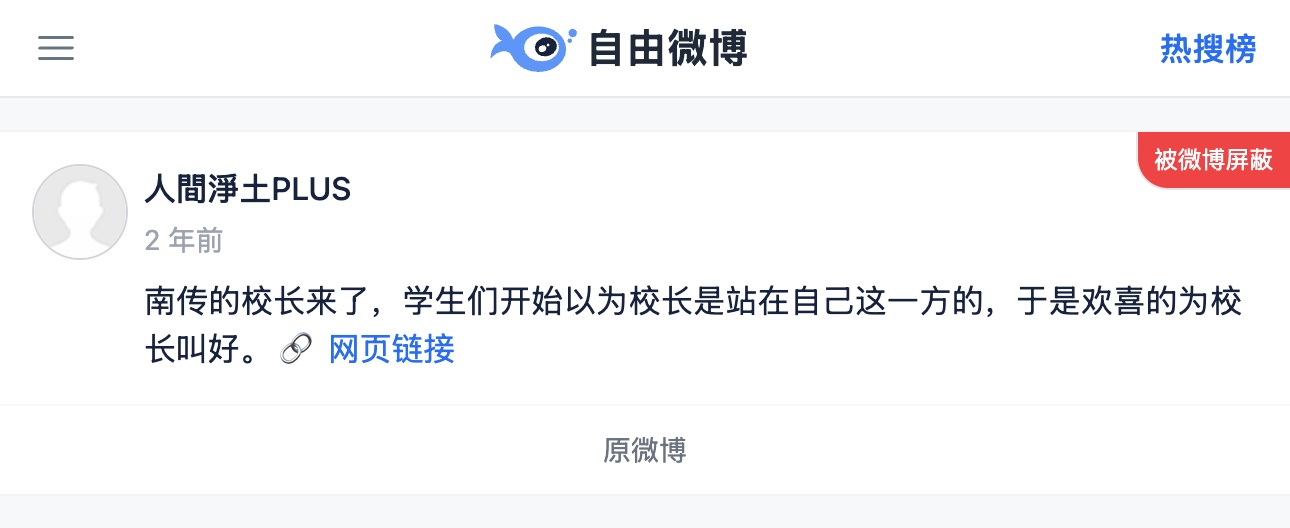Silenced Voices: Digital Censorship During China's Covid-19 Lockdowns
In 2022, China's strict zero-Covid policy created an unprecedented situation where digital censorship intersected with real-world crisis management. With 586 million Weibo users - nearly half of China's population - the platform became both a vital communication tool and a battlefield for information control. FreeWeibo's documentation of 111,906 deleted posts in 2022 represents only the tip of the censorship iceberg.
"The Voices of April" (四月之声) emerged as perhaps the most powerful symbol of digital resistance during Shanghai's lockdown. This viral video compilation captured the raw human experience of the crisis - from emergency calls to complaints about food shortages. When authorities attempted to scrub it from the internet, citizens responded with remarkable creativity, embedding the video in QR codes hidden within movie posters, demonstrating how technological savvy could circumvent traditional censorship methods.

Source: FreeWeibo https://freeweibo.com/weibo/4756664018016915
The censored posts from Shanghai reveal a devastating pattern of secondary effects from the lockdown:
1. Violence and Authority: A censored post detailed how a Fudan University professor was assaulted while simply trying to collect vegetables, highlighting how basic survival needs became flashpoints for conflict.
2. Economic Devastation: Another deleted post described hotel residents trapped without funds, illustrating how the lockdown created cascading financial crises for ordinary citizens.
3. The Hidden Death Toll: Perhaps most poignantly, the "Shanghai Epidemic Government Dead Monument" (上海疫政亡人碑) documented over 140 deaths not from Covid-19 itself, but from the lockdown's secondary effects. As one censored post noted: "They are all those who did not die of Covid but died because of Covid."

Source: FreeWeibo https://freeweibo.com/weibo/4764230236767262
The progression toward widespread protests followed a clear pattern of escalating tensions:
1. The Urumqi Tragedy: The November 24 fire that killed 10 people became a powerful symbol of how Covid restrictions could cost lives. Censored posts questioning whether lockdown measures prevented escape spread rapidly despite deletion.
2. World Cup Contradiction: When state television began censoring footage of maskless World Cup crowds, it inadvertently highlighted the disparity between China's policies and global norms. As one deleted post observed, "CCTV broadcasts World Cup, cuts off spectators who don't wear masks" - the absurdity of this censorship itself became a catalyst for dissent.
The role of universities in the protests was particularly significant. Censored posts reveal how quickly information spread between campuses:
- "Nanjing Communication University, lost connection" - a simple post indicating authorities were trying to prevent information sharing
- "Today, college students across the country" - a post documenting protest graffiti and posters at multiple universities including Huazhong University of Science and Technology, Central Academy of Fine Arts, and Renmin University

Source: FreeWeibo https://freeweibo.com/weibo/4840152046773999
The "White Paper Protests" demonstrated how censorship itself could be turned into a powerful symbol of resistance. By holding up blank sheets of paper, protesters created a visual representation of censorship that was initially difficult to censor - how do you ban nothing?
Chinese netizens developed sophisticated methods to express dissent while evading censors:
1. Coded Language: Using phrases like "好好好" (good good good) that appeared innocent but carried shared meaning among protesters
2. Bureaucratic Critique: One particularly revealing censored post exposed the systemic issues behind Covid testing, describing how officials were forced to fabricate numbers to match unrealistic quotas - revealing how censorship extended beyond just political dissent to cover administrative failures
The story of China's Covid lockdown protests demonstrates how digital censorship and resistance have evolved into an increasingly sophisticated battle of wits, where citizens find ever more creative ways to make their voices heard despite aggressive content control.
